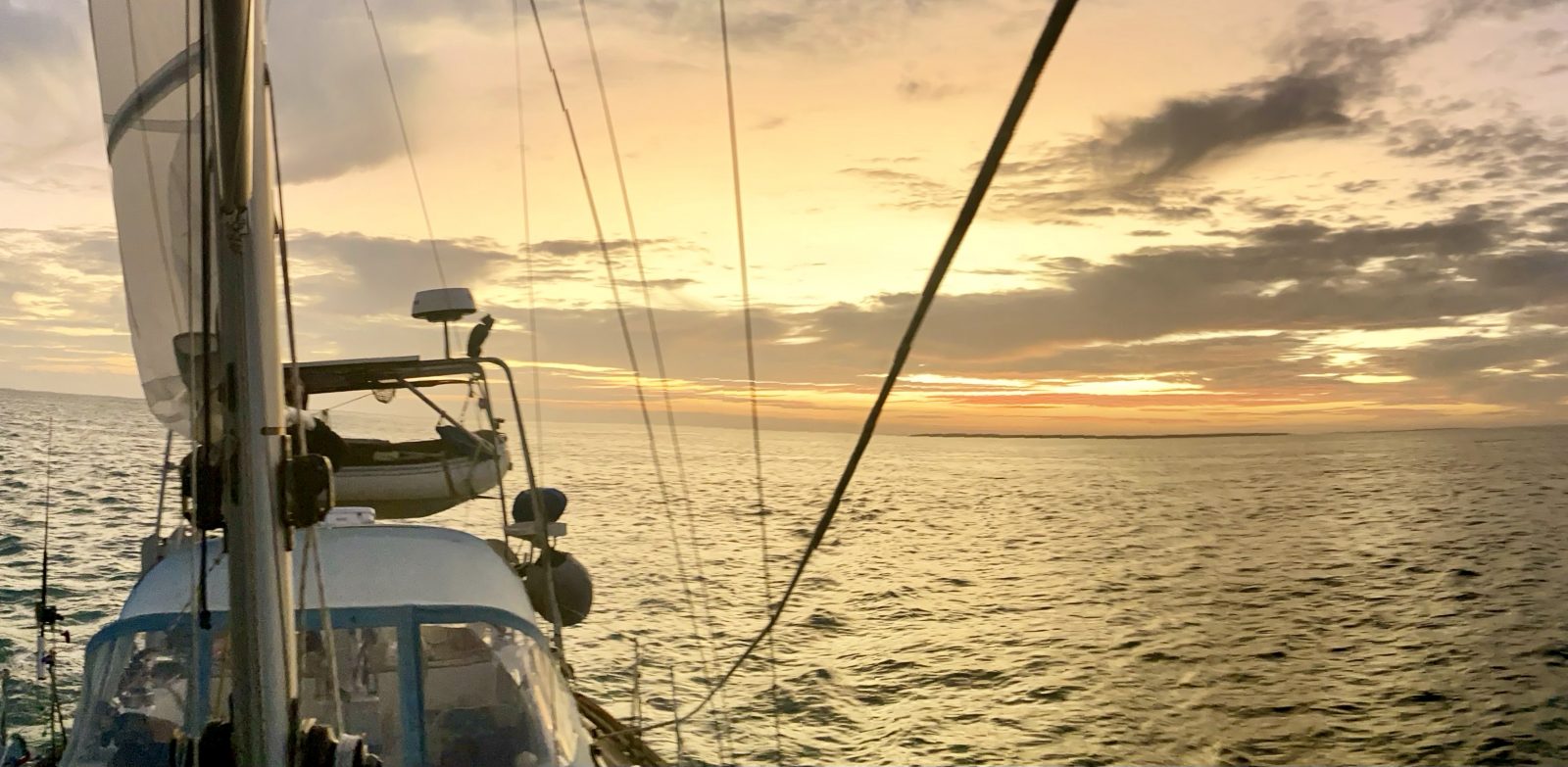To sustain our effort on the race course, we set various milestones when we would rest for a few days, with full sailing days in between. From Airlie beach to Magnetic Island, then onto Cairns, Lizard island, Flinders Group and Cape York, the northern most point of the Australian continent. Rounding the Cape was an epic milestone that was fully cherished and celebrated. We had worked so hard and for so long to get there, that when we finally made it around the Cape it felt like such an achievement!
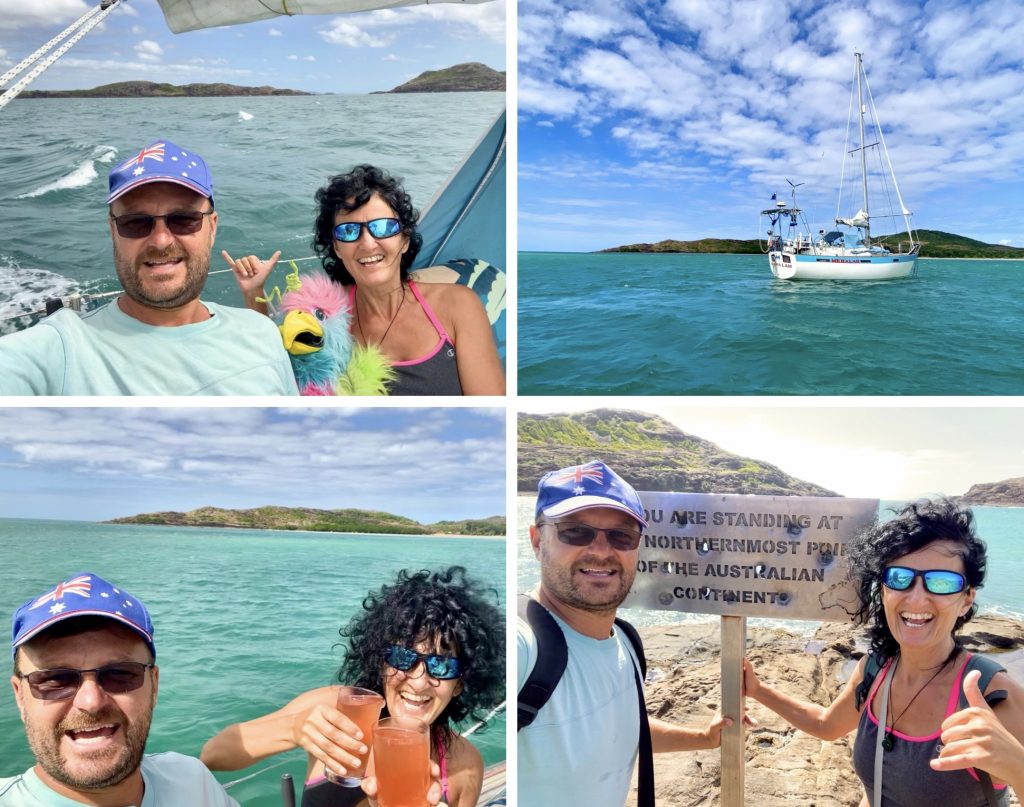
From there, after an overdue basic food run at Seisia – another ‘outback like settlement’ by the sea – we picked up a good weather window to cross the Gulf of Carpentaria to the deserted aboriginal land of Guluwuru Island.
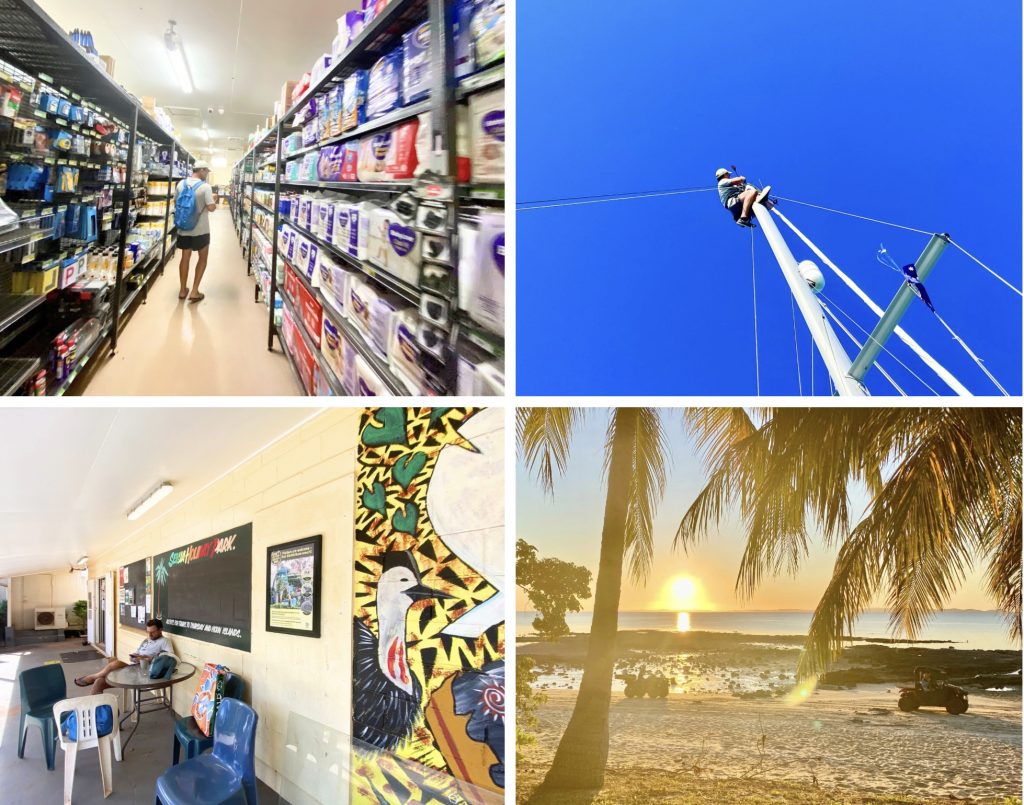
On leaving Seisia, we were back to offshore sailing for about 2.5 days (354 NM) passage non stop. It took us a little while to acclimatise again with the dauntingly exhilarating offshore sailing conditions…the constant balancing effort when the boat runs with the wind, pen-dulling from gunnel to gunnel, takes a toll on the body and mind. Kudos to Mehalah, who behaved brilliantly running with the wind like a pro, despite the tremendously strong punches under the belt she was taking now and then from the confused, fast and furious seas. These were delivered with a dreadful bang against her hull, breaking the otherwise incessant hissing of the waves along Mehalah’s hull.
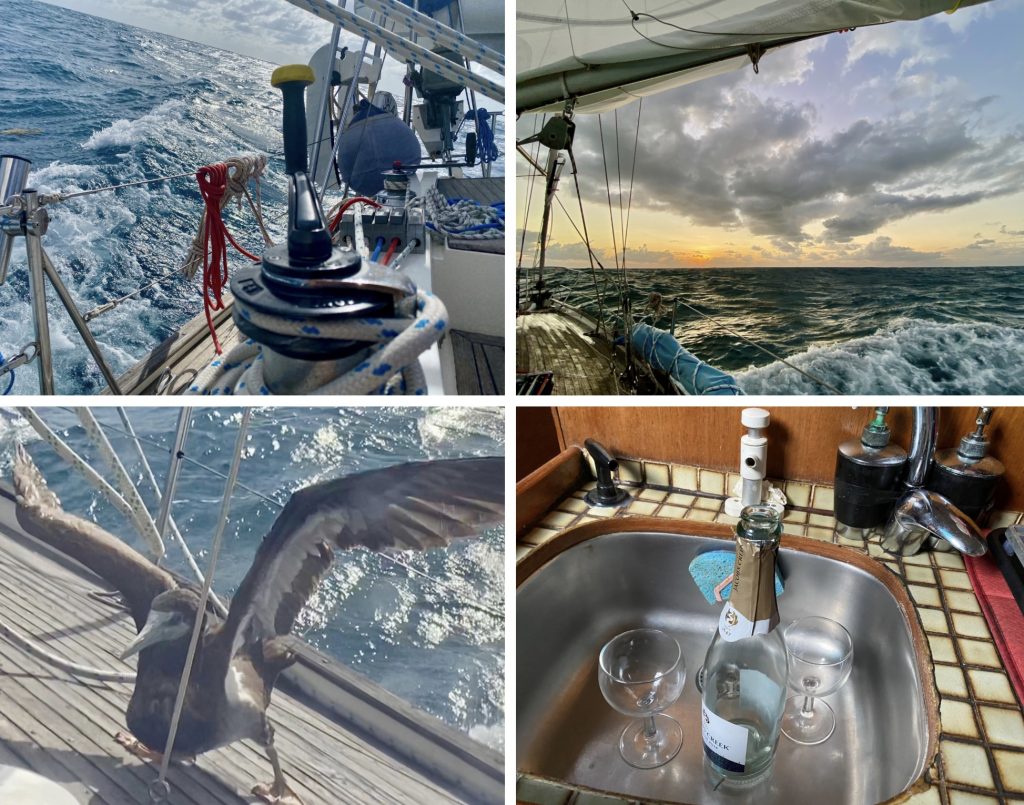
These sea state conditions sadly took a toll on our steering system. Luckily the Captain was inspired to check the quadrant the day before setting off on our next leg west across the Arafura Sea. He found a critical component shut to pieces! There he was again working well into the evening to effectuate a temporary repair that luckily held, taking us to Darwin. Here, we are looking to get it professionally mended and solidify it, ready for the boisterous Indian Ocean.
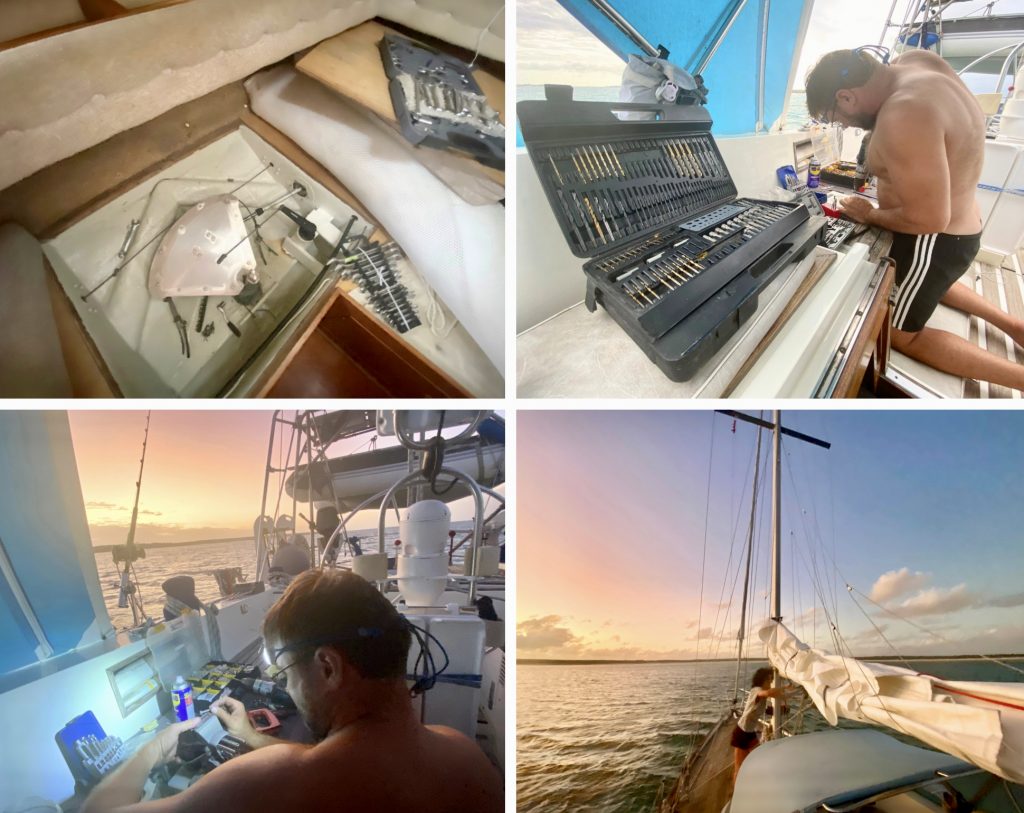
Throughout the race, we were fortunate with the weather playing ball for most of the time, with favourable south easterlies, which is expected for this time of the year. The sailing along the East Coast, inside the Barrier Reef, was splendid, with following winds on a mostly flat sea. Except for Cairns and surroundings where it was wet and humid throughout, the tropical winter weather was good. However, on occasion we would set sail with the sun rising on a clear sky to make it to destination under an overcast and even angry sky at times.

Once rounding the Cape the weather remained beautiful, except for a couple of days towards the end of our Gulf of Carpentaria crossing when we even had a few minutes of furious pouring brought about by a squall. Luckily by then, we had made it safely across the Gulf!
The breaks from sailing were not really breaks. We would be busy catching up with jobs on Mehalah, maximising the opportunity of access to land, restocking where possible, and where crocodile attack risk was minimal, under water discovering of the Great Barrier Reef.
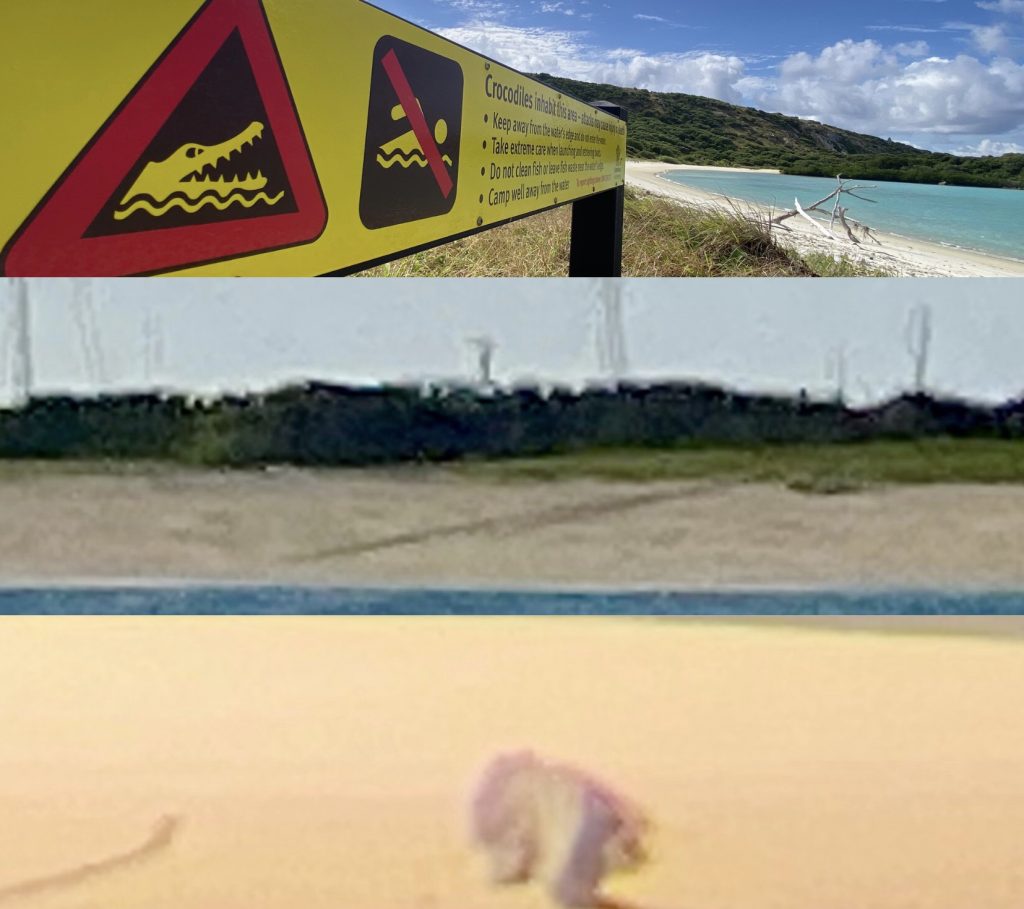
The fringing reef hugging Lizard Island was our final underwater exploration that offered a unique experience: – an incredible spectacle of altering colours, shapes and movements, varying speeds and rhythms through the water from languishingly hugging the rocks to dashing like a bullet between reefs and eventually making it to its octopus’ home. Something we never experienced before!
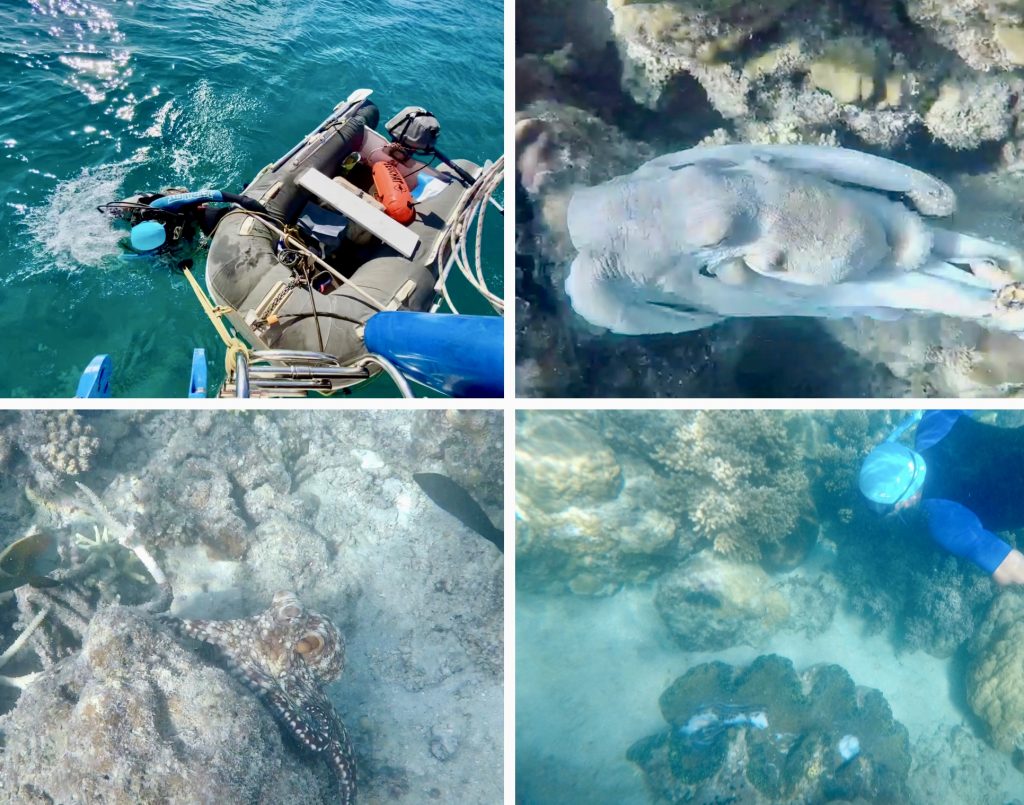
Each and every time we could go land exploring we would be gobsmacked by the abundant beauty and great diversity of this wonderful continent. From verdant tropical islands to more arid landscapes, equally eye-pleasing. Where the reef would wrap around an island, offering good protection, like Lizard Island, the comfort at anchor and surrounding beauty was so overwhelming that it was hard to set sail again into the unknown, leaving paradise behind…

Sailing the East Coast along Cape York Peninsula was equally wondrous. We would sail past white silica sand dunes stretching for miles on end, boulder mountains dating back to the end of the Ice Age and red rocky landscapes, a prelude to the Northern Territory shoreline. As the Captain rightly puts it:- “There is beauty, and there is Australia!”
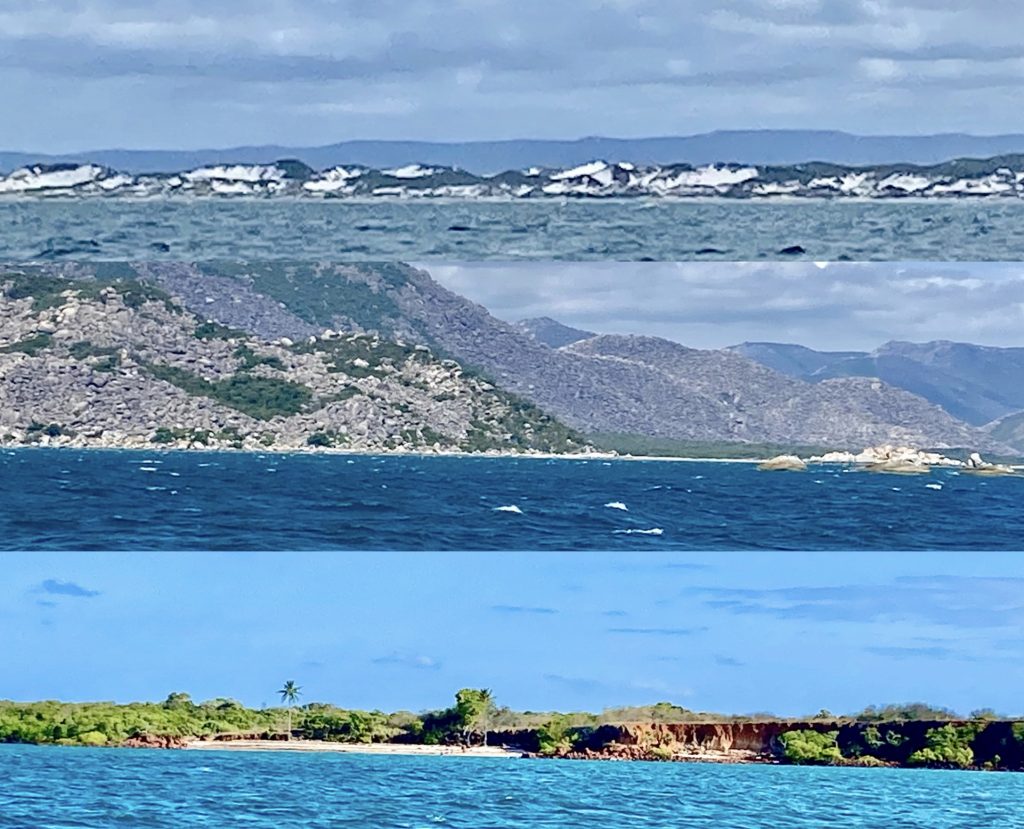
As we were approaching Cape York we could sense we are reaching ‘the end of the road’. The landscape was getting flatter and flatter giving way somewhere on the horizon line to wind swept and tide mangled up Torres Strait, segregating the Australian Continent from PNG and the Indonesian Islands.
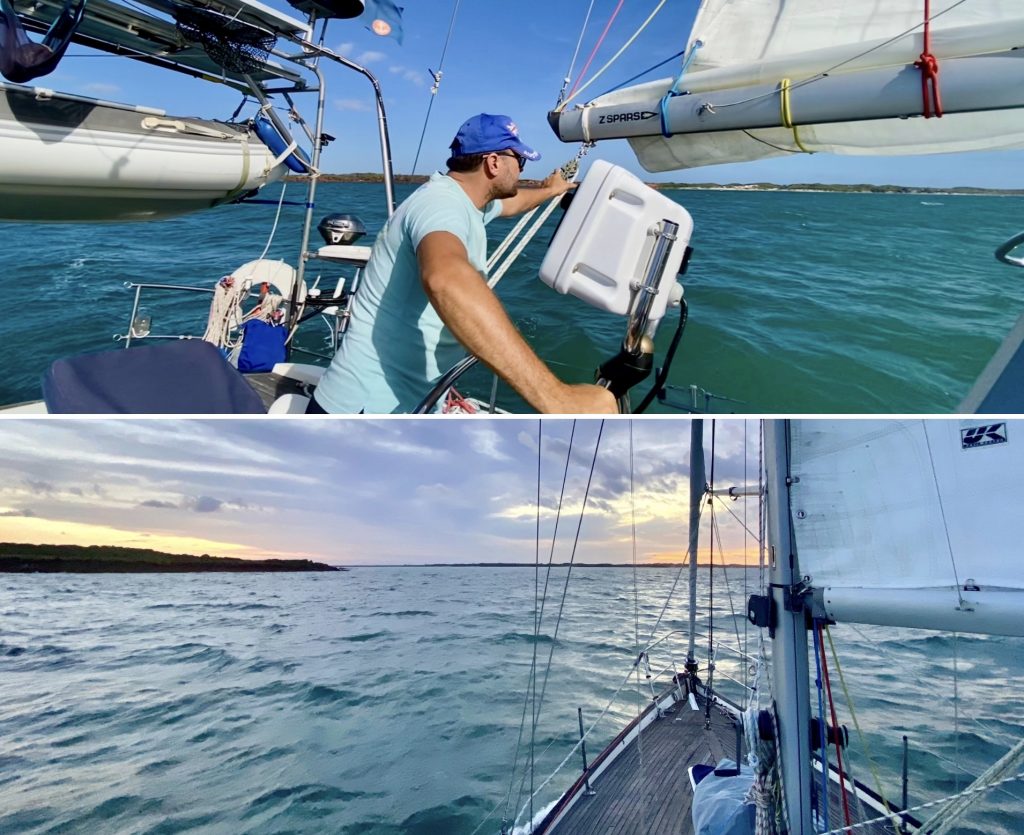
With the racecourse void of competitors, the race was uneventful except for the Captain getting seriously injured when, on leaving Magnetic Island, one of his finger tips got caught in the anchor winching mechanism. This incident reminded us of the importance of being in the moment a 100% in this game. Get lost for a split second and the consequences can be dear, potentially endangering the chances of continuation…
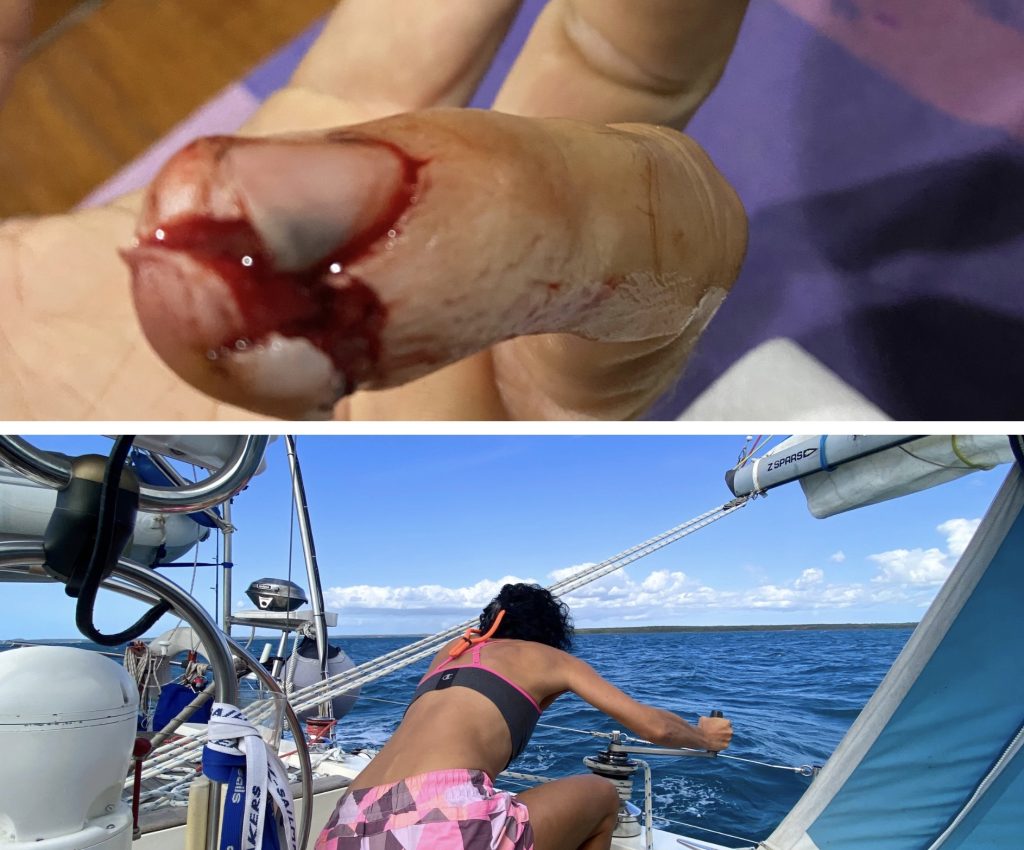
With us entering a no internet zone on approaching York Peninsula, we gradually sunk into the natural ritm of life… closing a long sailing day, we would go to bed shortly after dusk to wake up well before dawn, ready for a new full sailing day.
The nights were touch and go. Some nights we would sleep like logs in the least expected calm anchorages and some nights we would be woken in the middle of the night by a flooding tide that would send Mehalah rolling from gunnel to gunnel, in otherwise the most calm of anchorages. On one occasion, waking up to strong winds after a good night sleep, we decided to rest and resume our sailing the following day. That second night the rolling was horrendous, keeping us awake for most of the night.
We never knew what to expect when retrieving to our den. We were mentally prepared for anything on what was rightfully deemed as ‘the Dreadful Coast’ – York Peninsula’s East Coast. Not only mentally! Every night before going to bed we would put everything away to avoid any crash, boom, bangs!
There is no chose and pick around the Northern Queensland Coast. The sole question was whether we would be safe. Comfort was an increasingly rare commodity…Alan Lucas gives one a good outline of anchoring possibilities in the Coral Sea in his book: ‘Cruising the Coral Coast’. We had an old edition which travelled with us from England. It came in very handy.

When it comes to tide predictions in the Torres Strait area, as Alan Lucas puts it in his book “there is no guarantee that a current will run the way it should when it should.” Ever since technology advanced a great deal, but local knowledge remains the best bet.
Throughout this race, inside the Great Barrier Reef or along Torres Strait, the tide was ‘the supreme ruler’ always setting the order of the day. We needed to throughly plan our passages and hope for the best!
Once we rounded Cape York, conditions changed in a Ying and Yang fashion. Passages where longer, extending over days. Having lost the protection of the Great Barrier Reef, seas were gaining momentum. However, once we were reaching an anchorage, we would get the much needed rest in the calmest conditions, despite the tide range increasing significantly as we were approaching Darwin.
Sailing “life is like a box of chocolates, you never know what you’re going to get.” Despite all the research and planning you never know what you will be faced with when you are out there. You have to adapt to the conditions. Deal with the unforeseen and reap the rewards. Believing you are lucky helps😉

